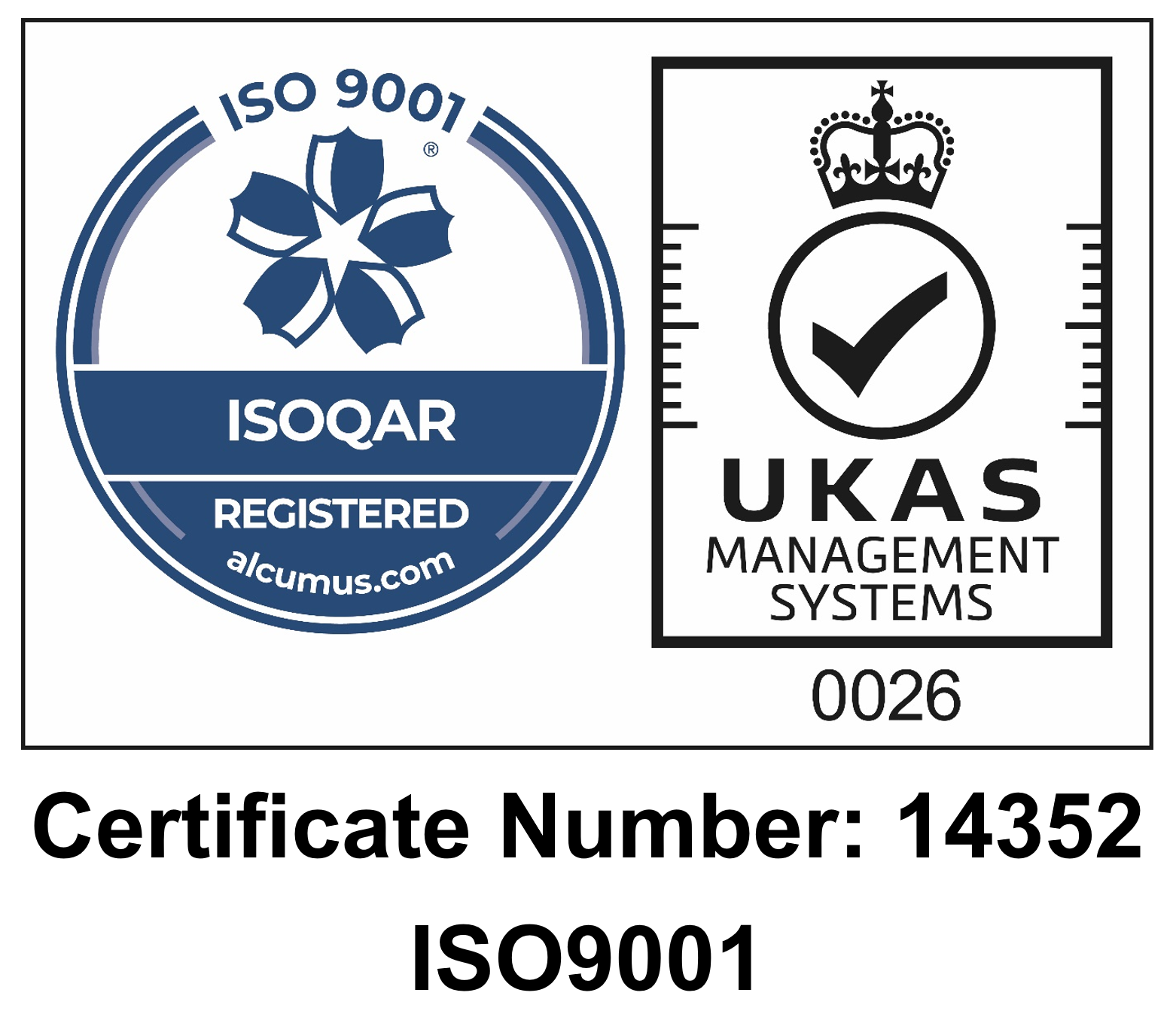What is the difference between PVC and uPVC?
You may have heard of the term uPVC previously, but with no indication of what it actually means. Is it different to PVC, and if so, how? We have all of the answers so that you don’t have to work it out for yourself. There are many differences between the two – and this is what they are.
How they are made
The biggest point of difference between the two forms of plastic is in the way that they are made. During the production process, plasticisers are added to the lightweight plastic in order to turn it into PVC, or polyvinyl chloride. This makes it softer, and more flexible. If the plasticisers are not added, then it becomes known as uPVC – unplasticised polyvinyl chloride. That distinction helps us to understand where many of the differences come in. In the US, it is also known as rigid PVC or vinyl siding. As a result of the manufacturing process, PVC also contains phthalates and BPA – which uPVC does not.
Their uses
Understandably, there are a lot of different uses for both forms of the plastic. PVC is used in our strip curtains, because it is flexible and can be easily moved out of place, as well as being transparent and lightweight. It can also be used for pipes, cable insulation, toys, and even items of clothing. uPVC, on the other hand, can be used for more solid requirements, like window frames. It is also often used for plumbing and draining purposes.
Their properties
As we have already mentioned, PVC is a lot more flexible – but it is also very durable. It can be made transparent, and requires a low cost to manufacture. uPVC is rigid and will not flex. However, it is also durable, and it can be recycled easily. It is fire-resistant and is also considered to be safe for transporting drinking water, which is why it is often used for plumbing and piping. It is also resistant to chemical erosion, and the smooth interior helps to encourage water flow. PVC, on the other hand, would normally be used for waste lines, irrigation systems, or pool circulation systems. It’s easy to cut into small pieces and can be held together with glue, which makes it a great alternative to copper or aluminium pipes.
Health and safety
PVC-coated wires can be dangerous in a fire, and plasticisers can also leach out of PVC into the environment. This is why it’s a good idea to invest in PVC which has been given a fire-resistant coating where possible. Some phthalates have also been flagged up as dangerous, but they have been replaced in modern manufacturing with other forms. There are no real safety risks with uPVC, particularly considering that it is already fire resistant and thus will not release fumes in a blaze. Both forms of plastic can be coated with extra resistance, and PVC can also be altered slightly during manufacturing in order to make it more resistant to cold temperatures. This is ideal for use in the food industry, where cold storage and freezer storage are common elements.

